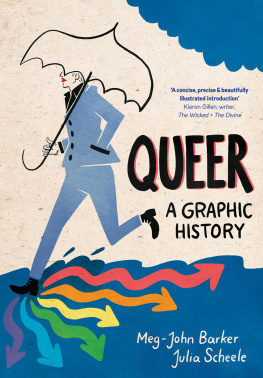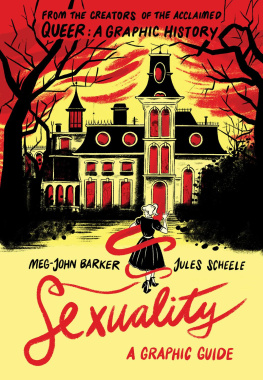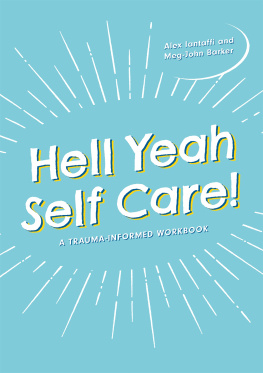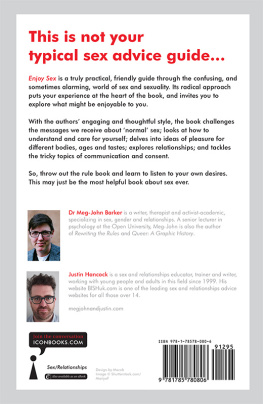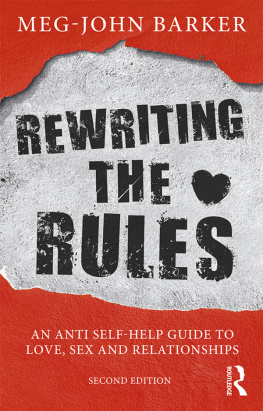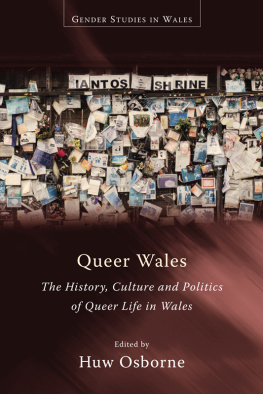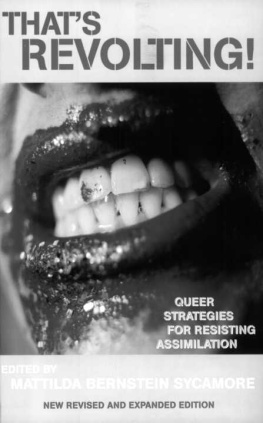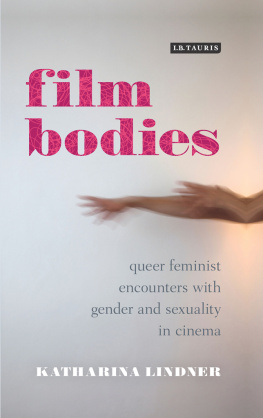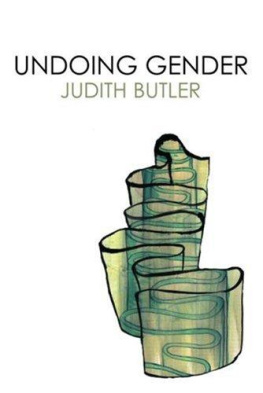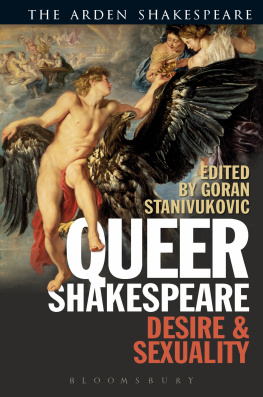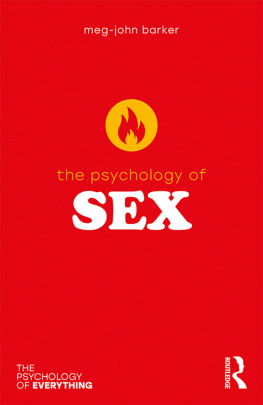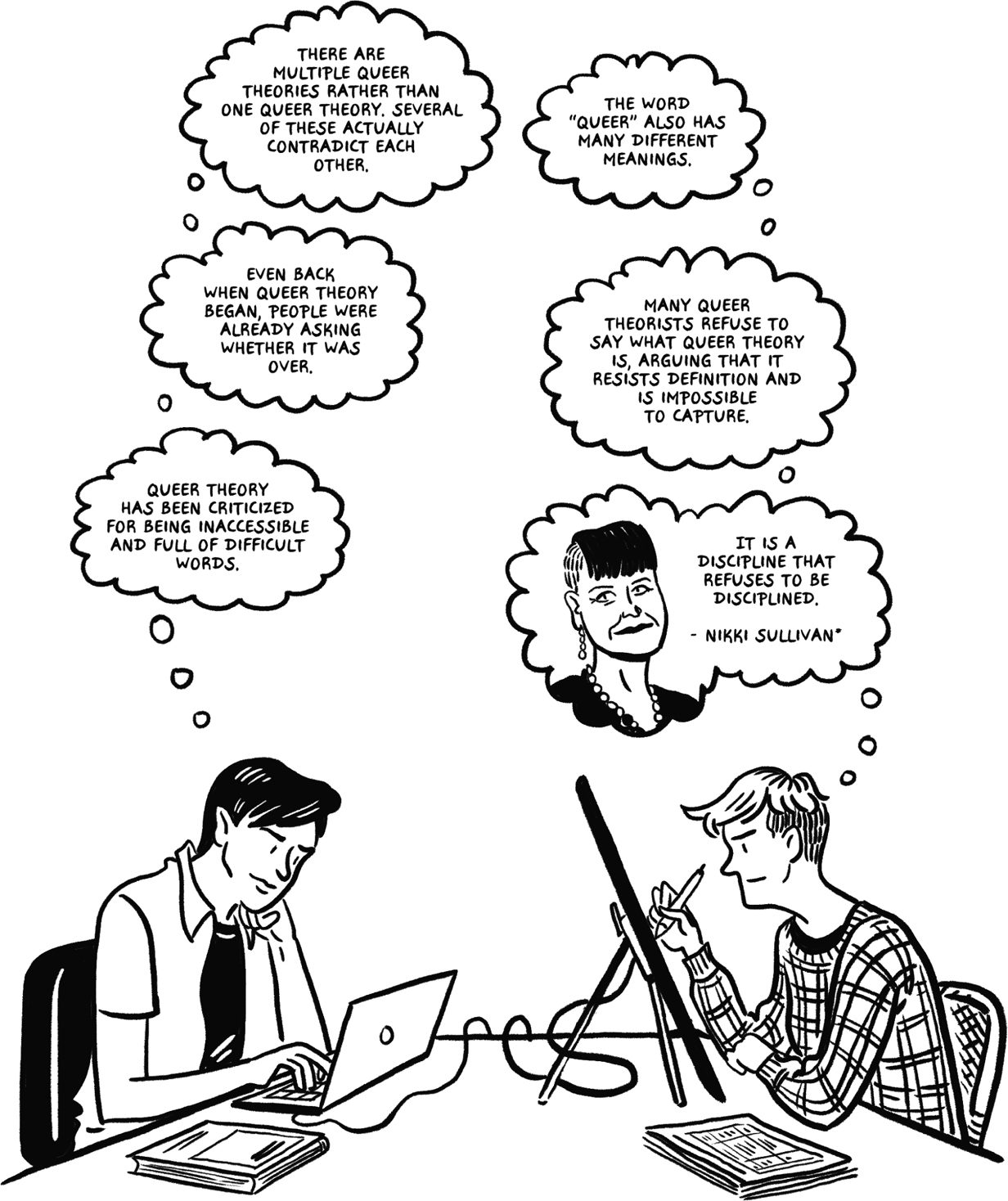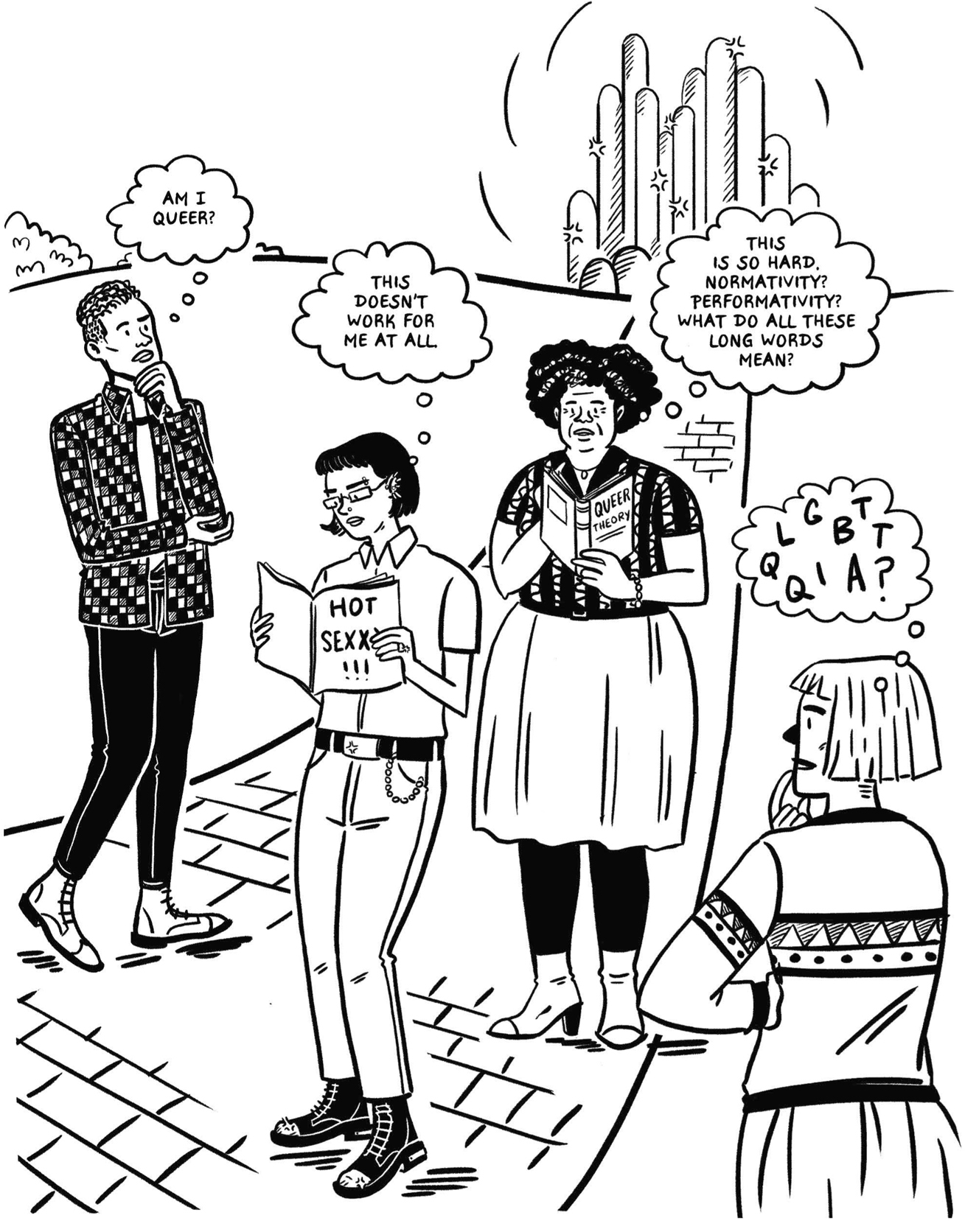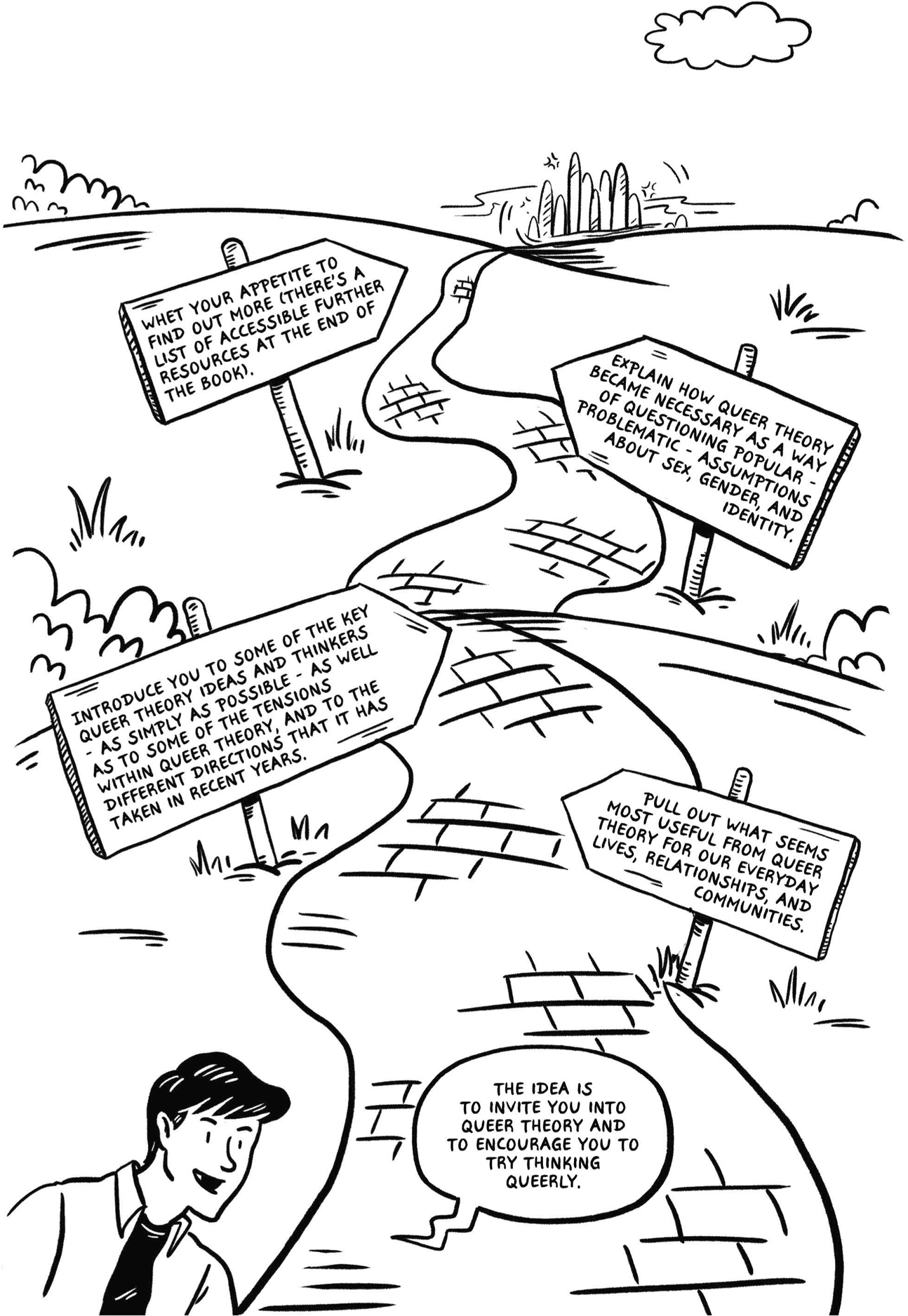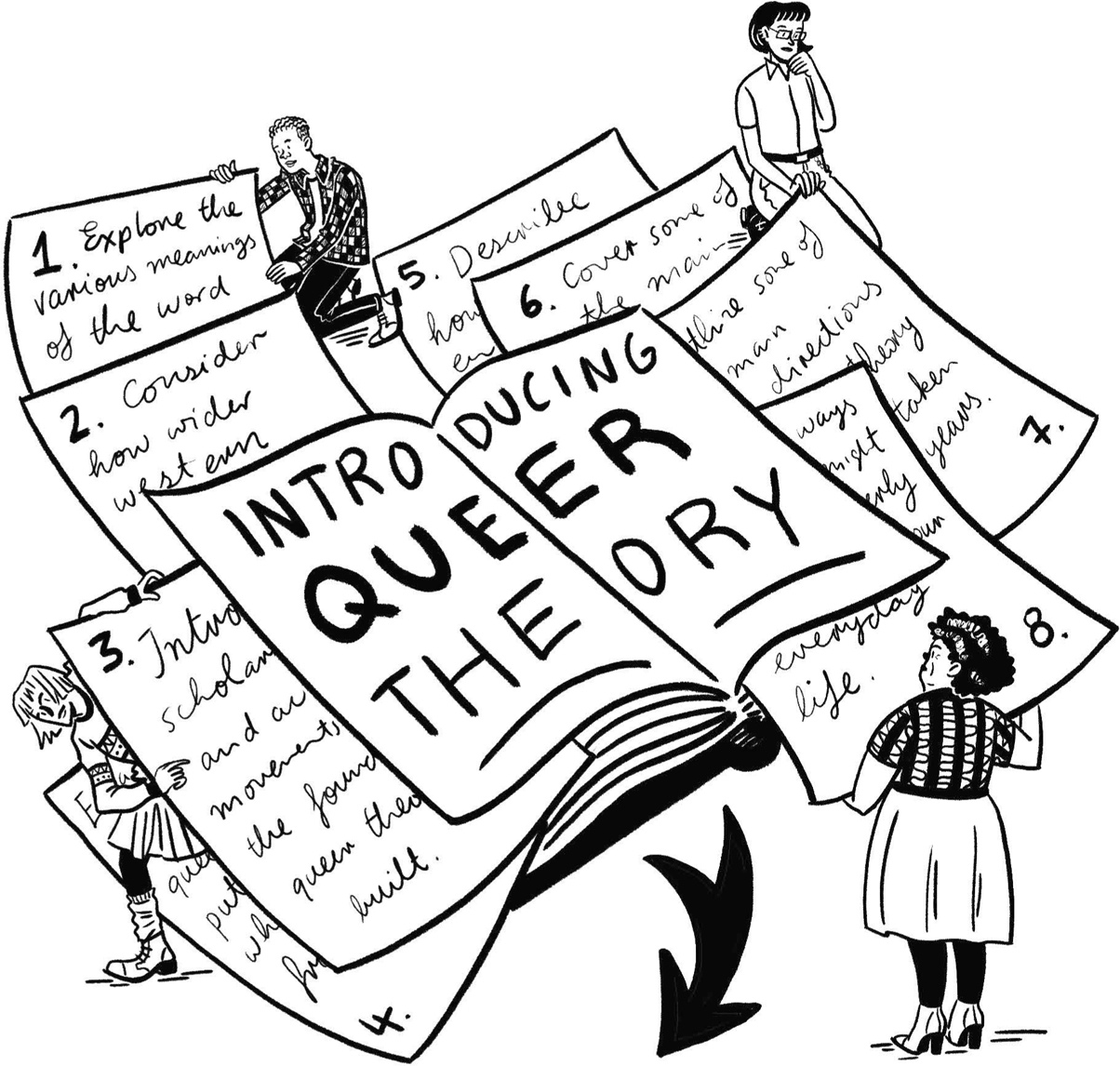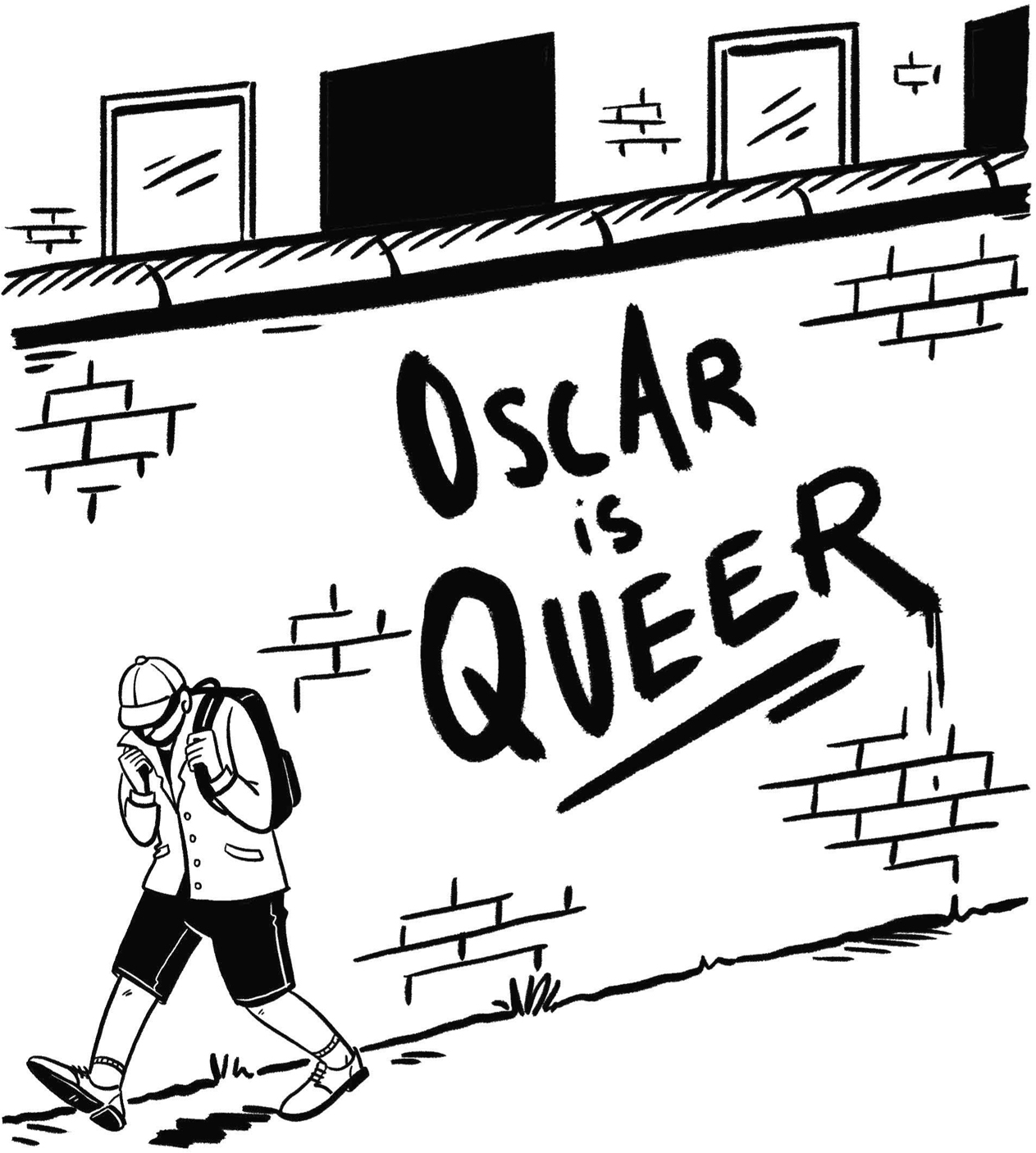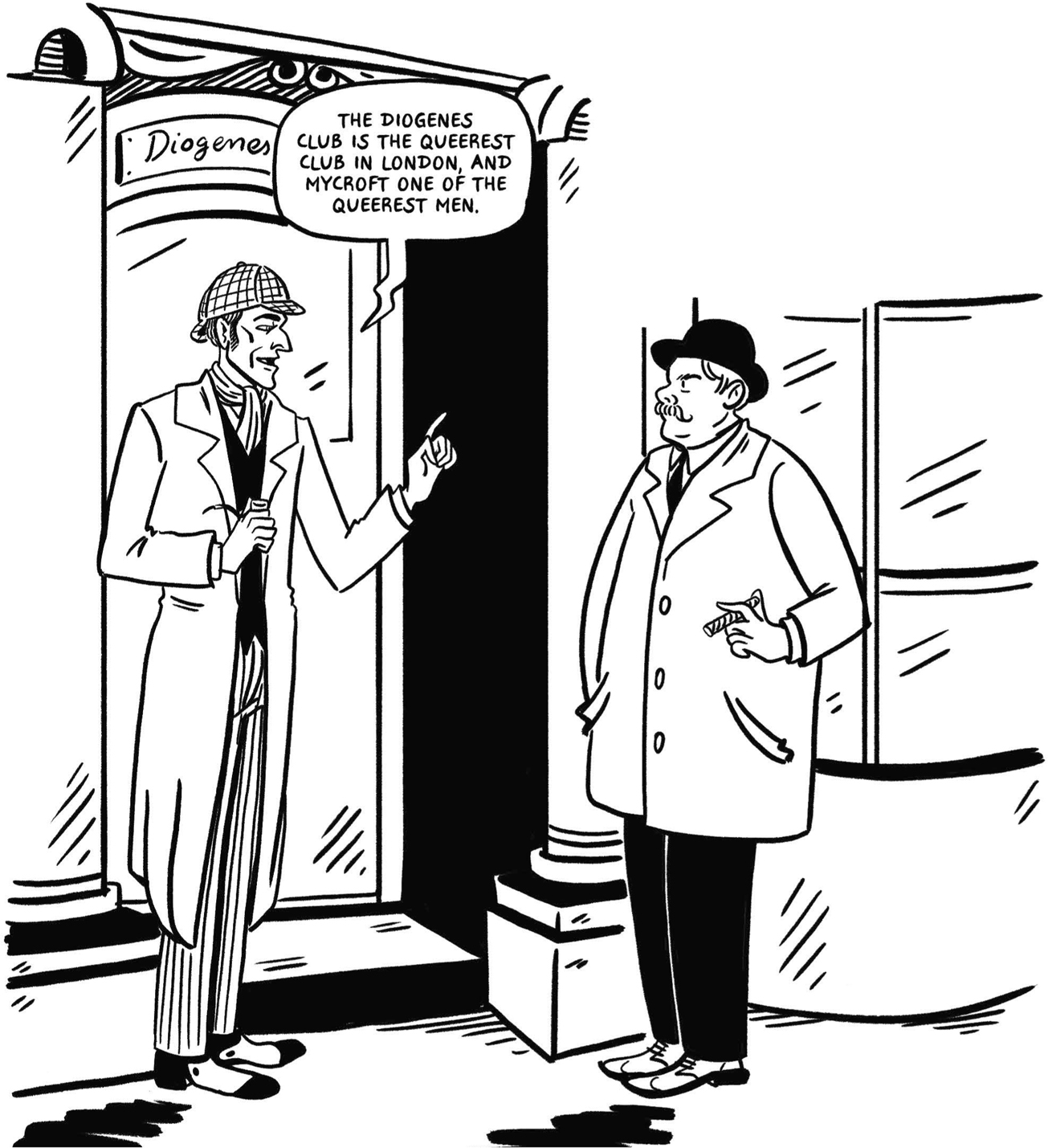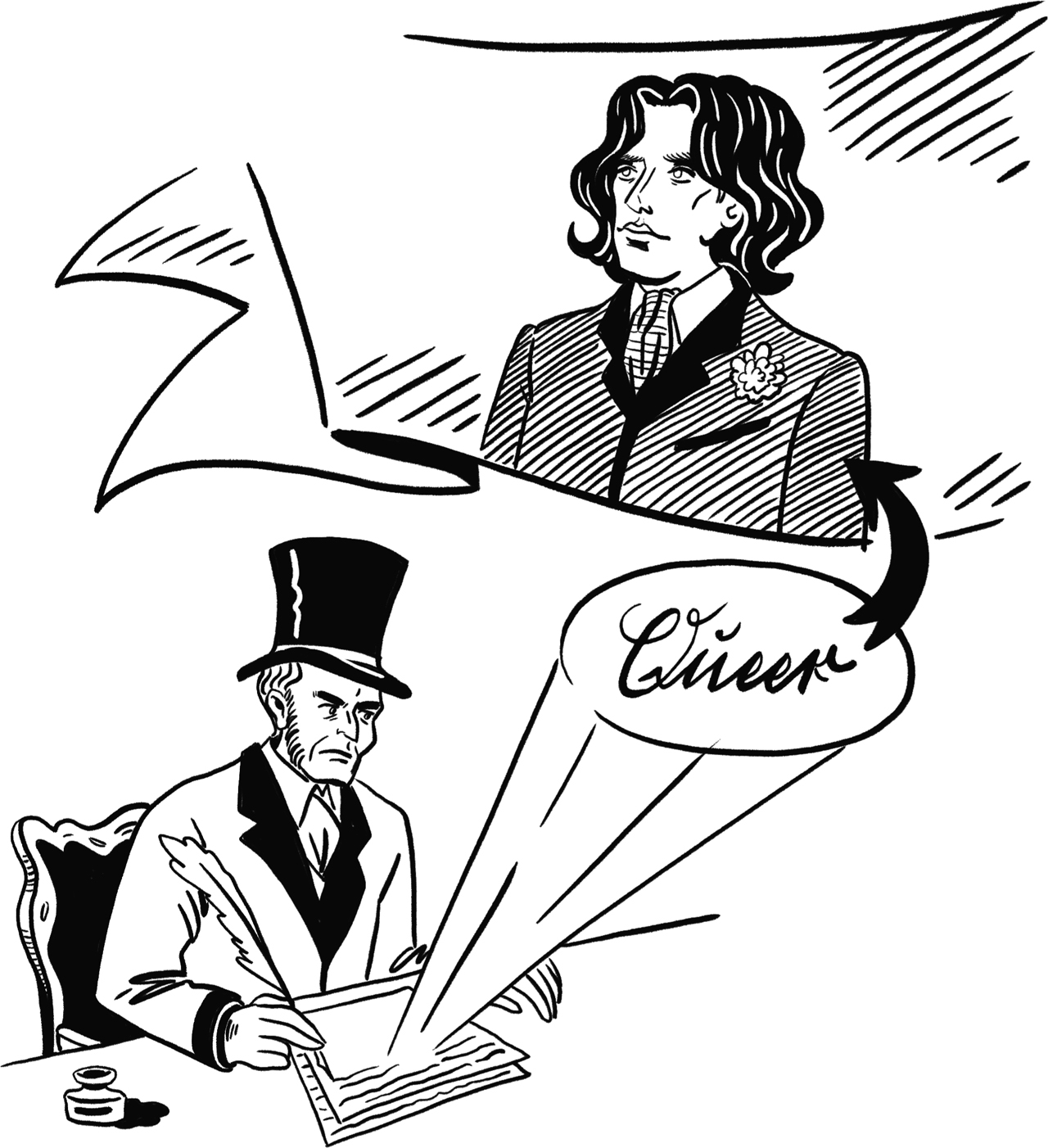
Published in the UK in 2016 by
Icon Books Ltd, Omnibus Business Centre,
3941 North Road, London N7 9DP
email:
www.iconbooks.com
Sold in the UK, Europe and Asia by
Faber & Faber Ltd, Bloomsbury House,
7477 Great Russell Street,
London WC1B 3DA or their agents
Distributed in the UK, Europe and Asia by
Grantham Book Services
Trent Road, Grantham NG31 7XQ
Distributed in Australia and New Zealand by
Allen & Unwin Pty Ltd,
PO Box 8500, 83 Alexander Street,
Crows Nest, NSW 2065
Distributed in Canada by Publishers Group Canada,
76 Stafford Street, Unit 300, Toronto, Ontario M6J 2S1
Distributed in India by Penguin Books India,
7th Floor, Infinity Tower C, DLF Cyber City,
Gurgaon 122002, Haryana
Distributed in South Africa by Jonathan Ball
Office B4, The District, 41 Sir Lowry Road, Woodstock 7925
Distributed in the USA by Publishers Group West,
1700 Fourth Street, Berkeley, CA 94710
ISBN: 978-178578-072-1
Text and illustrations copyright 2016 Icon Books
The authors have asserted their moral rights.
Edited by Kiera Jamison
No part of this book may be reproduced in any form, or by any means, without prior permission in writing from the publisher.
Contents
HOW TO INTRODUCE QUEER THEORY
Writing an introduction to queer theory poses something of a challenge. Why? Here are some of the reasons:
THERE ARE MULTIPLE QUEER THEORIES RATHER THAN ONE QUEER THEORY. SEVERAL OF THESE ACTUALLY CONTRADICT EACH OTHER.
EVEN BACK WHEN QUEER THEORY BEGAN, PEOPLE WERE ALREADY ASKING WHETHER IT WAS OVER.
QUEER THEORY HAS BEEN INACCESSIBLE AND FULL OF DIFFICULT WORDS.
THE WORD QUEER ALSO HAS MANY DIFFERENT MEANINGS.
MANY QUEER THEORISTS REFUSE TO SAY WHAT QUEER THEORY IS, ARGUING THAT IT RESISTS DEFINITION AND IS IMPOSSIBLE TO CAPTURE.
IT IS A DISCIPLINE THAT REFUSES TO BE DISCIPLINED. - NIKKI SULLIVAN
Author of A Critical Introduction to Queer Theory (2003). Well introduce a number of key authors throughout this book; bear in mind that speech bubbles attributed to them shouldnt be read as direct quotes - theyre often paraphrased to give a sense of each authors ideas, rather than their exact words.
WHO ARE YOU?
When we were putting this book together, we imagined it being helpful to these kinds of people.
AM I QUEER?
THIS DOESNT WORK FOR ME AT ALL.
THIS IS SO HARD. NORMATIVITY? PERFORMATIVITY? WHAT DO ALL THESE LONG WORDS MEAN?
QLGBTTQIA?
MAKING THINGS PERFECTLY QUEER
Clearly, any introduction can only give you part of the picture, and cant possibly cover the whole complex, diverse, and ever-changing world of queer theory. This book aims to:
WHEN YOUR APPETITE TO FIND OUT MORE (THERES A LIST OF ACCESSIBLE FURTHER RESOURCES AT THE END OF THE BOOK).
EXPLAIN HOW QUEER THEORY BECAME NECESSARY AS A WAY OF QUESTIONING POPULAR - PROBLEMATIC - ASSUMPTIONS ABOUT SEX, GENDER, AND IDENTITY.
INTRODUCE YOU TO SOME OF THE KEY QUEER THEORY IDEAS AND THINKERS - AS SIMPLY AS POSSIBLE - AS WELL AS TO SOME OF THE TENSIONS WITHIN QUEER THEORY, AND TO THE DIFFERENT DIRECTIONS THAT IT HAS TAKEN IN RECENT YEARS.
PULL OUT WHAT SEEMS MOST USEFUL FROM QUEER THEORY FOR OUR EVERYDAY LIVES, RELATIONSHIPS, AND COMMUNITIES.
THE IDEA IS TO INVITE YOU INTO QUEER THEORY AND TO ENCOURAGE YOU TO TRY THINKING QUEERLY.
WHERE WERE HEADED
Through the rest of this book were going to:
1. Explore the various meanings of the word queer.
2. Consider how wider Western culture came to understand sex and sexuality in the ways that it currently does, and how queer theory challenges this.
3. Introduce some of the scholars, writers, and activist movements which provided the foundations on which queer theory is built.
4. Explain some of the key concepts that queer theory initially put forward and where they came from.
5. Describe how queer theory has engaged with popular culture, biology, and sexology.
6. Cover some of the main criticisms of queer theory, and tensions within it, and how queer theorists have responded to these.
7. Outline some of the main directions queer theory has taken in recent years.
8. Suggest some ways in which you might think more queerly in your everyday life.
WHAT IS QUEER?
The word queer has had many different meanings in different times and places. It originally referred to strangeness or difference, and became a term of abuse. It has since been reclaimed as a positive word.
It can operate as an umbrella term for people outside of the heterosexual norm, or for people who challenge the LGBT (Lesbian, Gay, Bisexual, and Trans) mainstream. It can also be a way of challenging norms around gender and sexuality through different ways of thinking or acting.
QUEER MEANING STRANGE
The original meaning of queer, in 16th-century English-speaking countries, referred to something strange or illegitimate, as in theres nowt as queer as folk or being in queer street, meaning someone having financial difficulties.
Using queer to mean odd, in the 19th century, social reformer and founder of the cooperative movement, Robert Owen, famously said to a colleague: All the world is queer save thee and me, and even thou art a little queer.
Even in the early 20th century the word queer was still often used in this way, for example, in Arthur Conan Doyles Sherlock Holmes stories. Theres also the American phrase queer as a three dollar bill, from a similar time, suggesting something odd and suspicious.
THE DIOGENES CLUB IS THE QUEEREST CLUB IN LONDON, AND MYCROFT ONE OF THE QUEEREST MEN.
QUEER AS HATE SPEECH
The earliest recorded use of queer as a form of homophobic abuse is said to be an 1894 letter by John Sholto Douglas, the Marquess of Queensberry. He was the father of Alfred Douglas and famously accused Oscar Wilde of having an affair with his son.
Queer quickly became a derogatory term for same-sex sex, or for people with same-sex attractions, particularly effeminate or camp gay men.
Queer was also used as a more general insult to make things questionable by associating them with same-sex attraction, in much the same way that the phrase thats so gay has more recently been used to imply that something is rubbish.
RECLAIMING QUEER
One activist strategy for dealing with racism, sexism, homophobia, and other forms of oppression has been for people to reclaim the very words that are used against them. Examples include the reclaiming of words like nigger, slut, dyke, and faggot.

